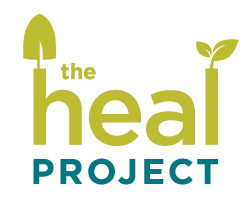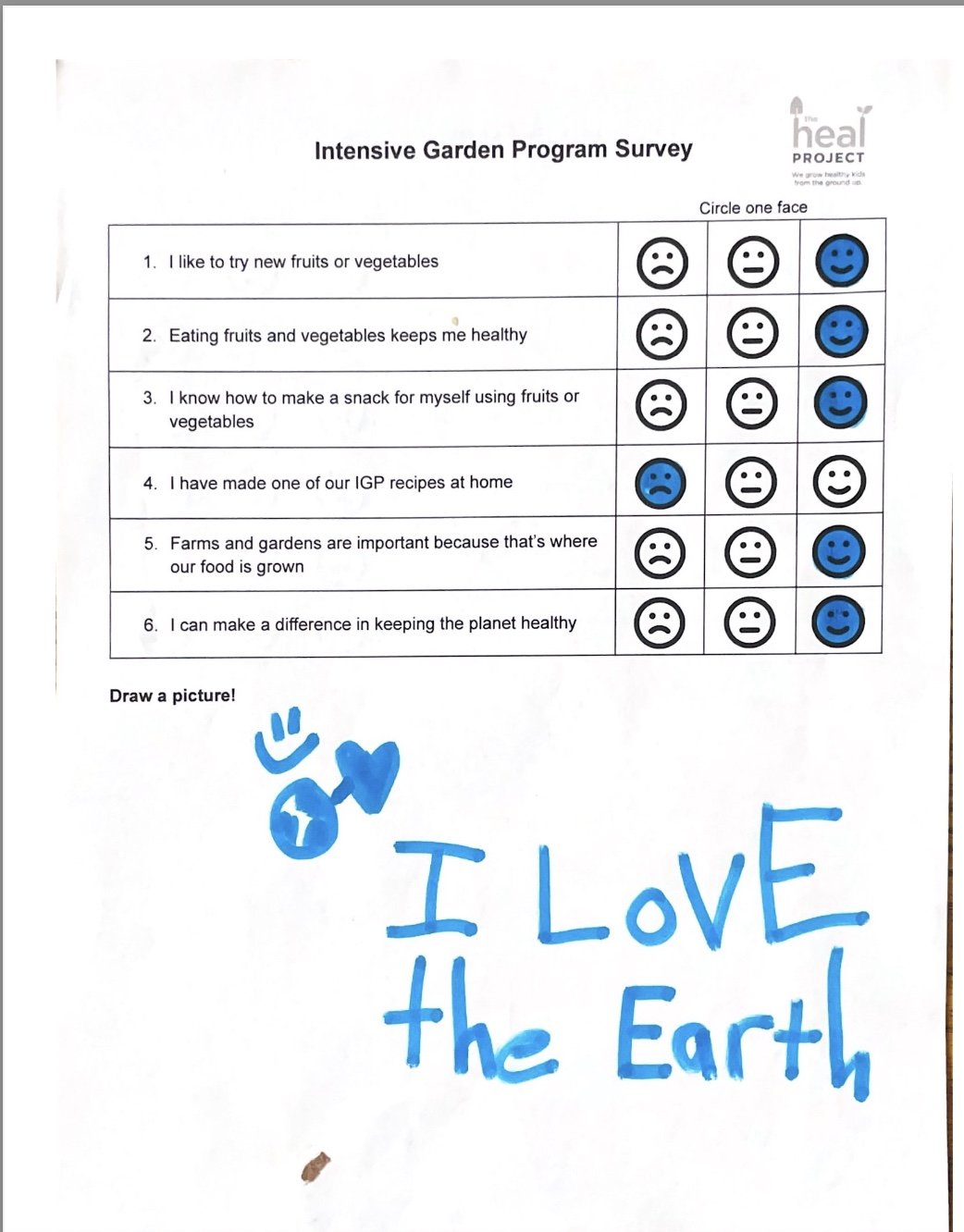Youth Leader Inspires Environmental Stewardship
Sophia, it's so good to to talk with you about our favorite topics of youth leadership, outdoor education and sustainability. Would you describe your connection to The HEAL Project?
The HEAL Project’s mission deeply resonated with my own mission, and I was especially drawn to The HEAL Project’s outdoor education program, which nurtures kids into responsible Earth stewards. I saw a perfect opportunity for collaboration, so I reached out to offer hosting a workshop where I could share my book with the campers. As a youth myself, I hope I can inspire more people my age to get involved by sharing my journey in environmental activism.
Would you like to tell our readers about your visit to our farm? You read to our farm camp students from your book "Becoming Earth 2.0"
I really enjoyed my visit to The HEAL Project! It was empowering to see so many students, across all ages, actively engaging with topics on conservation and sustainability. My visit included an interactive lesson followed by a reading session. I prompted many questions to these campers, such as what is plastic pollution? or, what causes global greenhouse gas emissions? and was surprised to receive so many eager responses! I felt proud that more youth are reflecting on how their actions impact the environment. This motivated me to continue boosting environmental literacy. I passed out copies of my book to campers who participated. Afterwards, Donya [Programs Manager at The HEAL Project] sent me pictures of them holding my book with excitement—definitely the highlight of my day.
Since we last met, how have your projects evolved? What new things are you working on now?
One of my most important passion projects in high school was hosting the environmental education workshops I did with The HEAL Project. Through this project, I reached more than 1,500 students and 80 educators, and many reached out afterwards with positive feedback! Now I am guiding two high schoolers from my nonprofit organization to continue this initiative; one is sharing her documentary on the sustainable energy transition, and another is discussing his conservation project in Costa Rica. Another group of students from my nonprofit organization is designing an app (Showr Smartr) that encourages users to reduce shower times and tracks their water usage.
Sophia, you're now a freshman at Stanford and running a nonprofit organization to help youth learn and leverage their skills. You’ve been involved with environmental stewardship since middle school and high school. What makes you excited for a hopeful and optimistic future?
I think when many discuss topics about climate change or environmental issues, they feel a sense of despair. However, I think fear leads to inaction and inhibits necessary change, which is why I want to encourage practical optimism. This was the core message of my book, to educate readers about environmental issues, and introduce them to promising green technology we can harness to address these challenges. I gave a TEDx talk featuring some of these green technologies more in depth, such as lab-grown meat and nuclear fusion. As someone seeking to be at the forefront of building a more sustainable future, I not only want to be informed about the issues, but also the many, many opportunities to be part of the solution. Everyone, from scientists to economists and policymakers to academics, has a role in our sustainable future, and this is what excites me most. I see the potential in every student to become one of these change makers, and that is why I am so passionate about environmental education.
What is your favorite thing to eat right now?
One of my favorite snacks is apples with almond butter!


